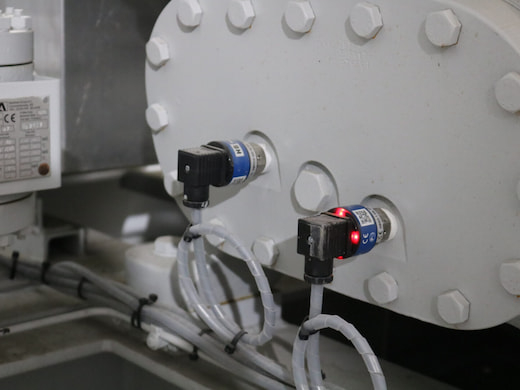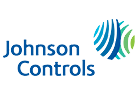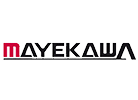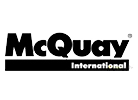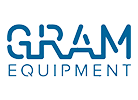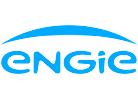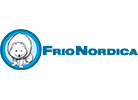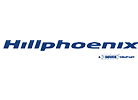______
________
__________
under the "Knowledge" section in the top menu.
Liquid Level Switch is a vital component used in many industries to detect the presence or absence of liquid at a certain level within a container or tank. These switches are designed to trigger an alarm, activate a pump, or control other processes based on the liquid level. We have a diverse range of capacitive Level Switches tailored for refrigeration applications.
Click here for more information.
